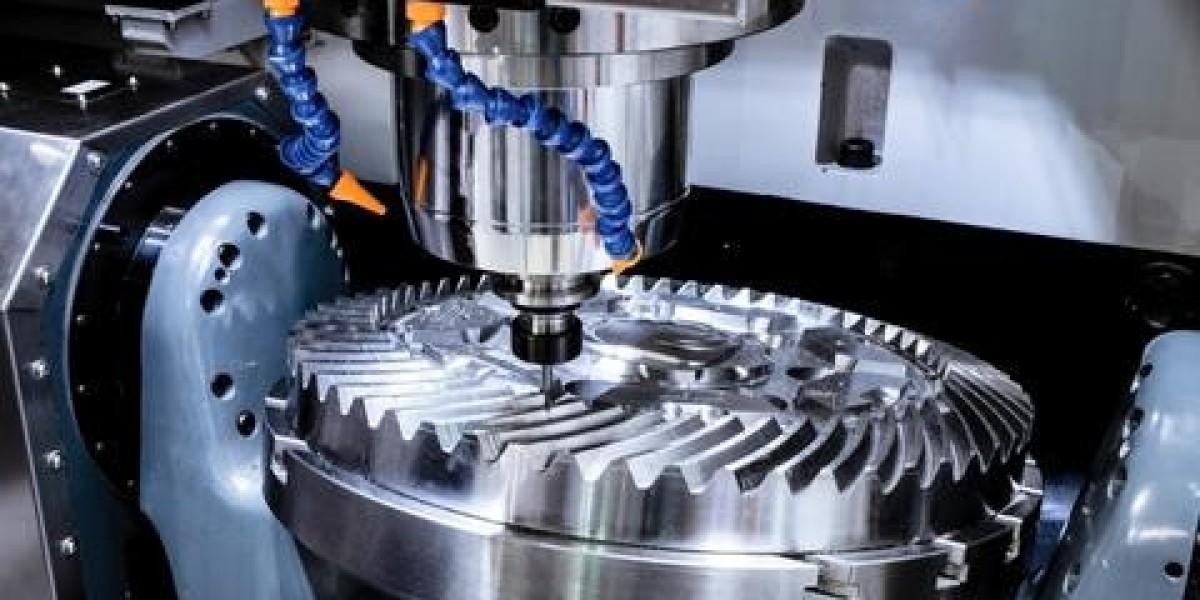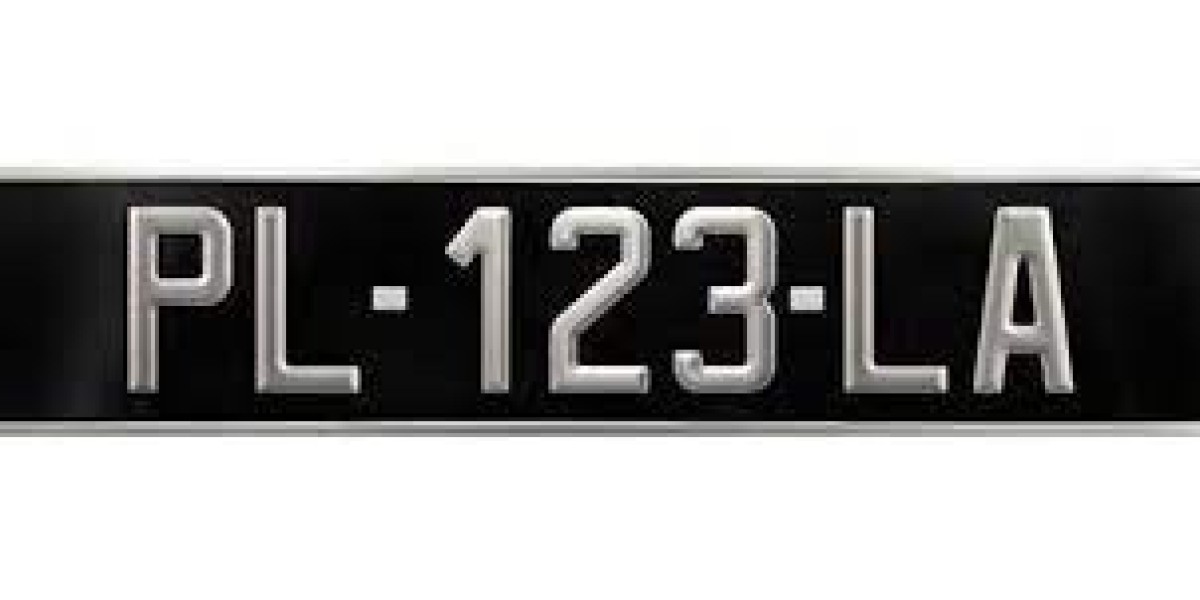Steel machining is a critical process in various industries, ranging from automotive to aerospace. Achieving precision and efficiency in steel machining requires a combination of the right tools, techniques, and knowledge. This guide aims to provide a detailed overview of steel machining, offering valuable insights for both beginners and experienced professionals.
Selecting the Right Steel: The first step in successful steel machining is choosing the appropriate type of steel for the intended application. Factors such as hardness, composition, and heat treatment play a crucial role. Commonly machined steels include carbon steels, alloy steels, and stainless steels. Understanding the specific properties of each type ensures optimal machining results.
Tool Selection and Maintenance: Choosing the right cutting tools is essential for achieving precision in steel machining. High-speed steel (HSS) and carbide tools are popular choices. Regular tool maintenance, including sharpening and proper lubrication, is crucial to extend tool life and maintain cutting efficiency.
Machining Parameters: Optimizing machining parameters, such as cutting speed, feed rate, and depth of cut, is key to achieving efficiency and accuracy. These parameters vary based on the type of steel being machined and the specific machining operation. Experimentation and monitoring are necessary to find the optimal settings for each application.
Coolant and Lubrication: Using the right coolant and lubrication is vital for reducing friction, heat, and tool wear during steel machining. Water-soluble coolants or cutting fluids with extreme pressure additives are commonly employed. Proper application and monitoring of coolant levels contribute to a smoother machining process.
CNC Machining and Programming: In modern machining, Computer Numerical Control (CNC) plays a significant role. Programming CNC machines accurately is essential for achieving precision and consistency in steel machining. Understanding G-codes and M-codes, along with utilizing advanced CAM software, helps optimize the machining process.
Workholding and Fixturing: Stable workholding and effective fixturing are critical for preventing vibrations and ensuring dimensional accuracy during steel machining. Choosing the right clamping devices and fixtures enhances the overall machining stability.
Quality Control: Implementing a robust quality control process is essential to ensure that machined steel components meet the required specifications. Using measurement tools such as micrometers, calipers, and coordinate measuring machines (CMM) helps verify dimensions and tolerances.
Conclusion: Mastering steel machining requires a holistic approach, encompassing material selection, tooling, machining parameters, coolant/lubrication, CNC programming, workholding, and quality control. By understanding and optimizing each of these elements, professionals can achieve superior precision and efficiency in steel machining, contributing to the success of diverse industrial applications.








